Home>Construction & Tools>Building Materials>What Is Brick Molding On A Window
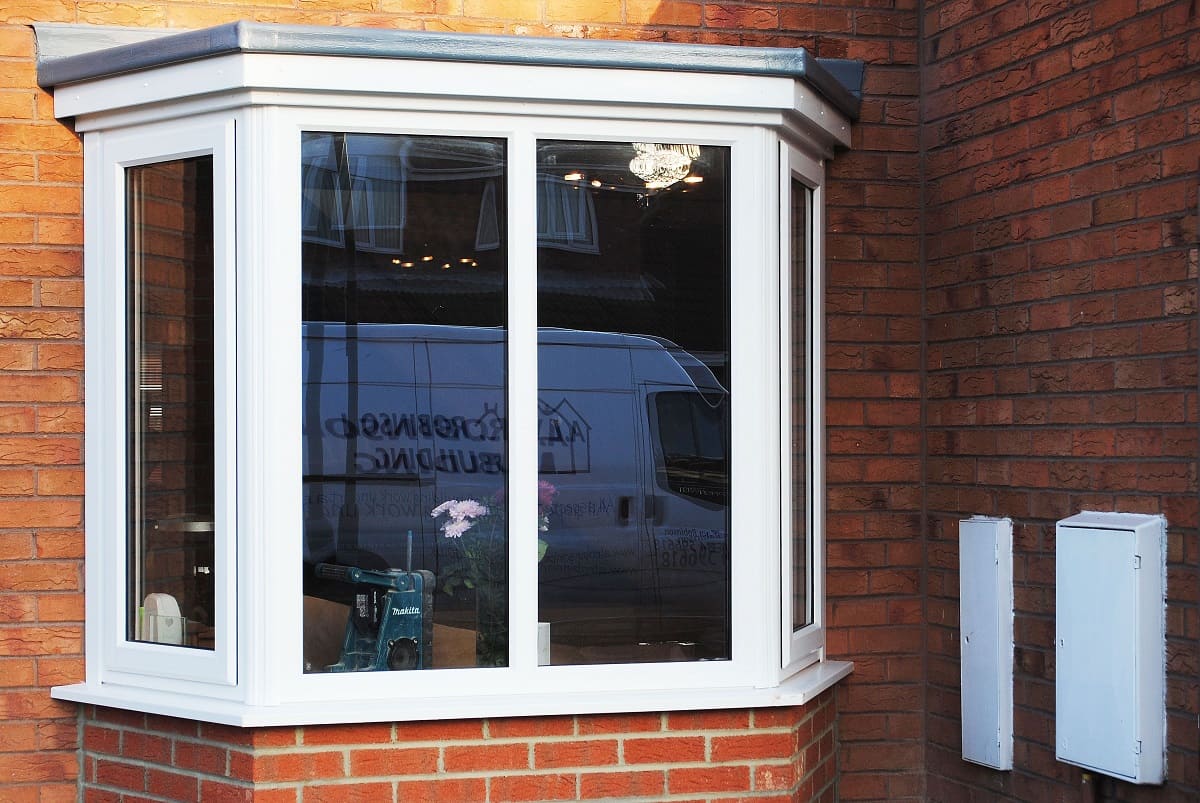

Building Materials
What Is Brick Molding On A Window
Published: January 23, 2024
Learn about the purpose and installation of brick molding on windows, a crucial building material for enhancing aesthetics and weatherproofing. Discover its benefits and application.
(Many of the links in this article redirect to a specific reviewed product. Your purchase of these products through affiliate links helps to generate commission for Storables.com, at no extra cost. Learn more)
Introduction
When it comes to enhancing the aesthetic appeal and functionality of a home, attention to detail is crucial. One such detail that often goes unnoticed but plays a significant role in the overall appearance and performance of a house is brick molding. This unassuming yet vital component serves both practical and aesthetic purposes, making it an essential consideration for homeowners and builders alike.
Brick molding is a trim or casing that surrounds windows and doors, serving as a protective and decorative feature. It is typically made from wood or PVC and is designed to withstand the elements while providing a polished look to the exterior of a building. Understanding the role and significance of brick molding is essential for anyone involved in construction, renovation, or maintenance projects.
In this article, we will delve into the intricacies of brick molding, exploring its purpose, installation, and maintenance. By the end, you will have a comprehensive understanding of this often overlooked yet indispensable element of building design and construction. Let's embark on a journey to uncover the secrets of brick molding and its impact on the structural and visual appeal of your home.
Key Takeaways:
- Brick molding is a protective and decorative trim around windows and doors, shielding them from the elements and enhancing a building’s visual appeal. It’s like a stylish armor for your home!
- Proper installation and maintenance of brick molding are crucial for its longevity and performance. It’s like giving your home’s windows and doors a durable and stylish makeover that lasts for years!
Read more: How To Replace Brick Molding On Windows
What is Brick Molding?
Brick molding, also known as exterior trim or door and window casing, is a type of molding that is installed around windows and doors. It serves as a protective and decorative element, enhancing the appearance and functionality of these openings. Typically made from wood or PVC, brick molding is designed to withstand exposure to the elements, including rain, wind, and sunlight.
The name "brick molding" originated from its original use, which was to cover the gap between the window or door frame and the exterior brick wall. Over time, its application has expanded to various types of siding, including vinyl, wood, and fiber cement. This versatile trim is available in different profiles and sizes to accommodate diverse architectural styles and design preferences.
Brick molding is characterized by its L-shaped profile, with one edge designed to fit against the exterior siding and the other to create a neat border around the window or door. This design not only provides a finished look but also helps to direct water away from the window or door, preventing moisture infiltration and potential damage to the structure.
In addition to its protective function, brick molding contributes to the overall aesthetic appeal of a building. It adds depth and definition to the exterior, creating a visually pleasing transition between the window or door and the surrounding wall. The clean lines and tailored finish achieved with brick molding can elevate the curb appeal of a home, making it a popular choice for both new construction and renovation projects.
Overall, brick molding serves as a versatile and essential component of building design, offering both practical protection and decorative enhancement. Its ability to complement various architectural styles and provide durable weather resistance makes it a valuable asset in the construction and maintenance of residential and commercial properties.
Purpose of Brick Molding
Brick molding serves a multifaceted purpose, encompassing both functional and aesthetic elements that contribute to the overall integrity and visual appeal of a building. Understanding the specific roles and benefits of brick molding is essential for homeowners, builders, and renovators.
Protection from the Elements
One of the primary purposes of brick molding is to provide a protective barrier around windows and doors. By creating a sealed border between the window or door frame and the exterior siding, brick molding helps prevent water infiltration, air leakage, and insect intrusion. This protective function is particularly crucial in regions with varying weather conditions, where exposure to rain, wind, and temperature fluctuations can pose a threat to the structural integrity of a building. The L-shaped profile of brick molding effectively directs water away from the opening, reducing the risk of moisture-related damage and ensuring the longevity of the window or door.
Enhanced Energy Efficiency
In addition to its protective role, brick molding contributes to the energy efficiency of a building. By sealing the gaps between the window or door frame and the exterior wall, it helps minimize air leakage, thus improving insulation and reducing energy consumption. This is especially significant in the context of sustainable and eco-friendly construction practices, where the optimization of energy efficiency is a key consideration. The proper installation of brick molding can contribute to maintaining a comfortable indoor environment while reducing heating and cooling costs.
Read more: How To Make Brick Molds
Visual Appeal and Architectural Detail
Beyond its functional benefits, brick molding plays a crucial role in enhancing the visual appeal of a building. The clean lines and tailored finish achieved with brick molding create a polished and cohesive look, adding architectural detail and depth to the exterior. This decorative function allows for customization and personalization, as brick molding comes in various profiles and sizes to accommodate different design preferences and architectural styles. Whether it's a traditional, colonial, or contemporary aesthetic, brick molding can be tailored to complement the overall design, contributing to the curb appeal and aesthetic harmony of the building.
Structural Integrity and Longevity
Another important purpose of brick molding is to contribute to the structural integrity and longevity of windows and doors. By providing a protective border and minimizing exposure to the elements, brick molding helps preserve the integrity of the window or door frame, reducing the risk of decay, rot, and deterioration. This is particularly significant in coastal or humid environments, where the impact of moisture and salt air can accelerate wear and tear. The durable and weather-resistant nature of brick molding contributes to the long-term performance and durability of the building envelope.
In summary, the purpose of brick molding extends beyond mere decoration, encompassing crucial functions such as protection, energy efficiency, visual enhancement, and structural integrity. Its versatile and multifaceted nature makes it an indispensable component of building design and construction, contributing to both the practical performance and aesthetic appeal of residential and commercial properties.
Installation of Brick Molding
Installing brick molding requires precision, attention to detail, and a thorough understanding of the surrounding elements. The process involves several key steps to ensure a secure fit, proper sealing, and a polished finish. Here's a comprehensive guide to the installation of brick molding:
-
Preparation: Before beginning the installation, it's essential to prepare the work area. This involves measuring the dimensions of the window or door opening to determine the required length of the brick molding. Additionally, inspecting the exterior siding and ensuring a clean, even surface is crucial for a seamless installation.
-
Cutting and Mitering: Once the measurements are taken, the brick molding is cut to the appropriate lengths using a miter saw. The corners of the molding are then mitered at a 45-degree angle to create a precise fit around the window or door frame. Careful attention to the mitered corners is essential to achieve a professional and seamless appearance.
-
Sealing and Fastening: Prior to installation, a bead of exterior-grade sealant is applied along the backside of the brick molding to create a watertight seal between the molding and the exterior siding. The molding is then carefully positioned around the window or door frame, ensuring a snug fit. Stainless steel or corrosion-resistant nails are used to secure the molding in place, with the fasteners driven through the molding and into the framing of the window or door.
-
Finishing Touches: Once the brick molding is securely fastened, any visible nail holes are filled with wood putty or exterior-grade caulk to create a smooth, uniform surface. The joints and seams are sealed with additional exterior-grade caulk to prevent water infiltration and ensure a weather-resistant barrier.
-
Painting and Maintenance: After installation, the brick molding is primed and painted to match the exterior color scheme, providing a cohesive and polished appearance. Regular maintenance, including inspecting the sealant and paint for signs of wear, is essential to preserve the integrity and visual appeal of the brick molding over time.
The installation of brick molding demands precision, patience, and a meticulous approach to achieve a durable, weather-resistant, and visually appealing result. By following these steps and paying attention to the details, builders and homeowners can ensure that the brick molding not only enhances the aesthetic appeal of the building but also provides essential protection and longevity for the windows and doors.
Maintenance of Brick Molding
Proper maintenance is essential to preserve the functionality and visual appeal of brick molding. Over time, exposure to the elements and general wear can impact the condition of the molding, making regular upkeep a crucial aspect of building maintenance. By implementing a proactive maintenance routine, homeowners and property managers can extend the lifespan of the brick molding and ensure its continued effectiveness in protecting and enhancing the building exterior.
Read more: How To Attach Brick Molding
Inspection and Cleaning
Regular inspection of the brick molding is the first step in maintenance. This involves visually assessing the condition of the molding, checking for signs of damage, decay, or paint deterioration. Any accumulation of dirt, debris, or organic matter should be promptly removed to prevent moisture retention and potential deterioration. A gentle cleaning with mild soap and water can help maintain the appearance of the molding, removing surface contaminants and preserving its visual appeal.
Sealant and Paint Maintenance
The sealant and paint applied to the brick molding play a critical role in protecting it from moisture and environmental exposure. Periodic inspection of the sealant and paint is necessary to identify any areas of wear, cracking, or peeling. Damaged sealant should be replaced, and any exposed areas should be resealed to maintain the weather-resistant barrier. Similarly, repainting the brick molding when signs of paint deterioration appear can help prevent moisture infiltration and maintain its aesthetic appeal.
Addressing Wear and Damage
In the event of wear or damage to the brick molding, timely intervention is essential to prevent further deterioration. Small cracks, splits, or areas of decay should be addressed promptly to prevent moisture intrusion and structural compromise. Repairing minor damage with exterior-grade wood putty or filler can help maintain the integrity of the molding, while more extensive damage may require professional intervention to ensure proper restoration.
Preventative Measures
Implementing preventative measures can contribute to the long-term maintenance of brick molding. This includes ensuring that the surrounding landscaping and drainage systems direct water away from the building, minimizing prolonged exposure to moisture. Additionally, regular inspections of the building exterior, including the condition of the siding and trim, can help identify potential issues early, allowing for proactive maintenance and preservation of the brick molding.
By incorporating these maintenance practices into the overall care of the building exterior, property owners can uphold the functionality and visual appeal of brick molding. This proactive approach not only contributes to the longevity of the molding but also supports the overall integrity and aesthetics of the building, ensuring a welcoming and well-maintained exterior for years to come.
Read more: How To Brick In A Window
Conclusion
In conclusion, brick molding stands as a testament to the marriage of form and function in building design. Its multifaceted role as a protective, decorative, and structurally integral element makes it an indispensable component of residential and commercial construction. From its origins as a practical solution to bridging the gap between windows and brick walls to its evolution into a versatile trim that complements various siding materials, brick molding has proven its enduring significance in the realm of building materials.
The purpose of brick molding extends far beyond its outward appearance. While it undoubtedly adds visual appeal and architectural detail to a building, its primary function lies in safeguarding windows and doors from the elements. By creating a weather-resistant barrier and enhancing energy efficiency, brick molding contributes to the overall durability and sustainability of a structure. Its ability to withstand environmental stressors while maintaining a polished exterior makes it a valuable asset in both new construction and renovation projects.
The installation and maintenance of brick molding demand attention to detail and a commitment to quality. From precise measurements and mitered corners to diligent sealing and finishing, the installation process sets the stage for the molding's long-term performance. Similarly, regular inspection, cleaning, and proactive upkeep are essential to ensure that the molding continues to fulfill its protective and aesthetic roles over time. By investing in proper installation and ongoing maintenance, property owners can reap the benefits of durable, visually appealing brick molding that enhances the overall appeal of their buildings.
As we reflect on the significance of brick molding, it becomes evident that its impact extends beyond mere aesthetics. It embodies the fusion of practicality and design, offering a seamless blend of functionality and visual enhancement. Whether adorning a traditional colonial home or a modern urban dwelling, brick molding serves as a timeless testament to the enduring value of thoughtful construction and attention to detail.
In essence, brick molding is more than just a trim; it is a testament to the artistry and craftsmanship that elevate the built environment. Its ability to protect, enhance, and endure makes it an essential element in the tapestry of building materials, weaving together the threads of practicality and aesthetics to create a lasting impression on the architectural landscape.
Frequently Asked Questions about What Is Brick Molding On A Window
Was this page helpful?
At Storables.com, we guarantee accurate and reliable information. Our content, validated by Expert Board Contributors, is crafted following stringent Editorial Policies. We're committed to providing you with well-researched, expert-backed insights for all your informational needs.
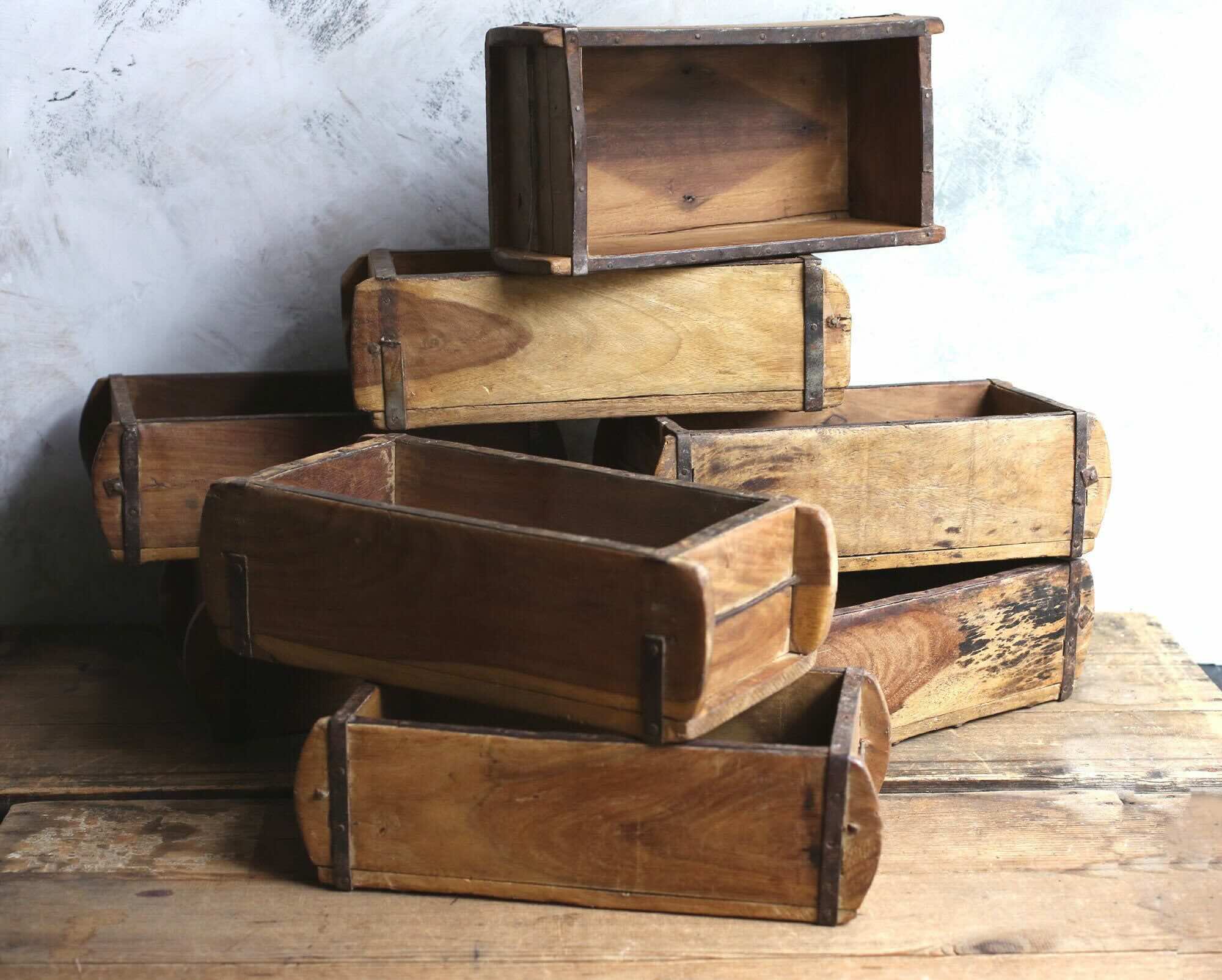
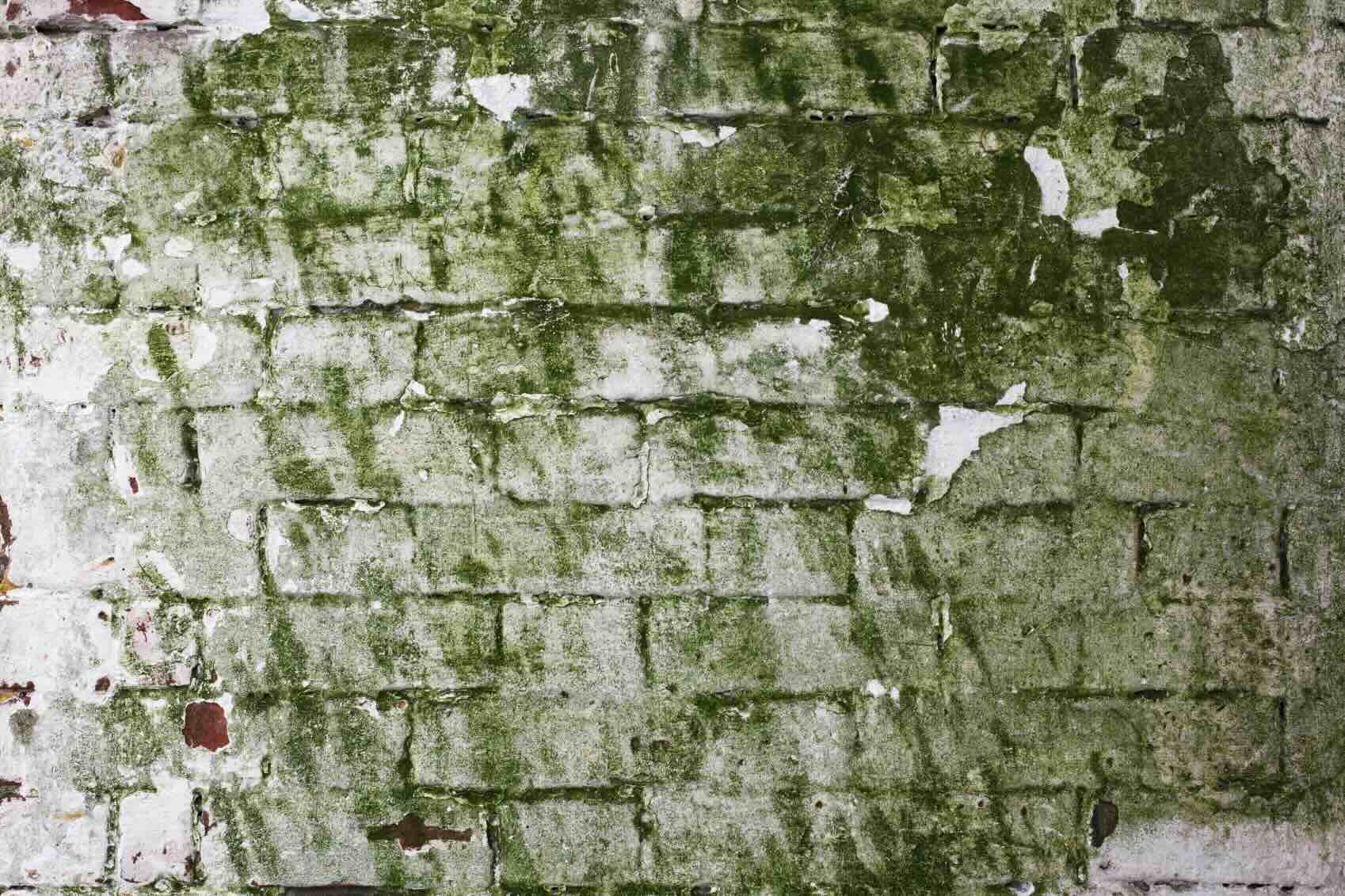
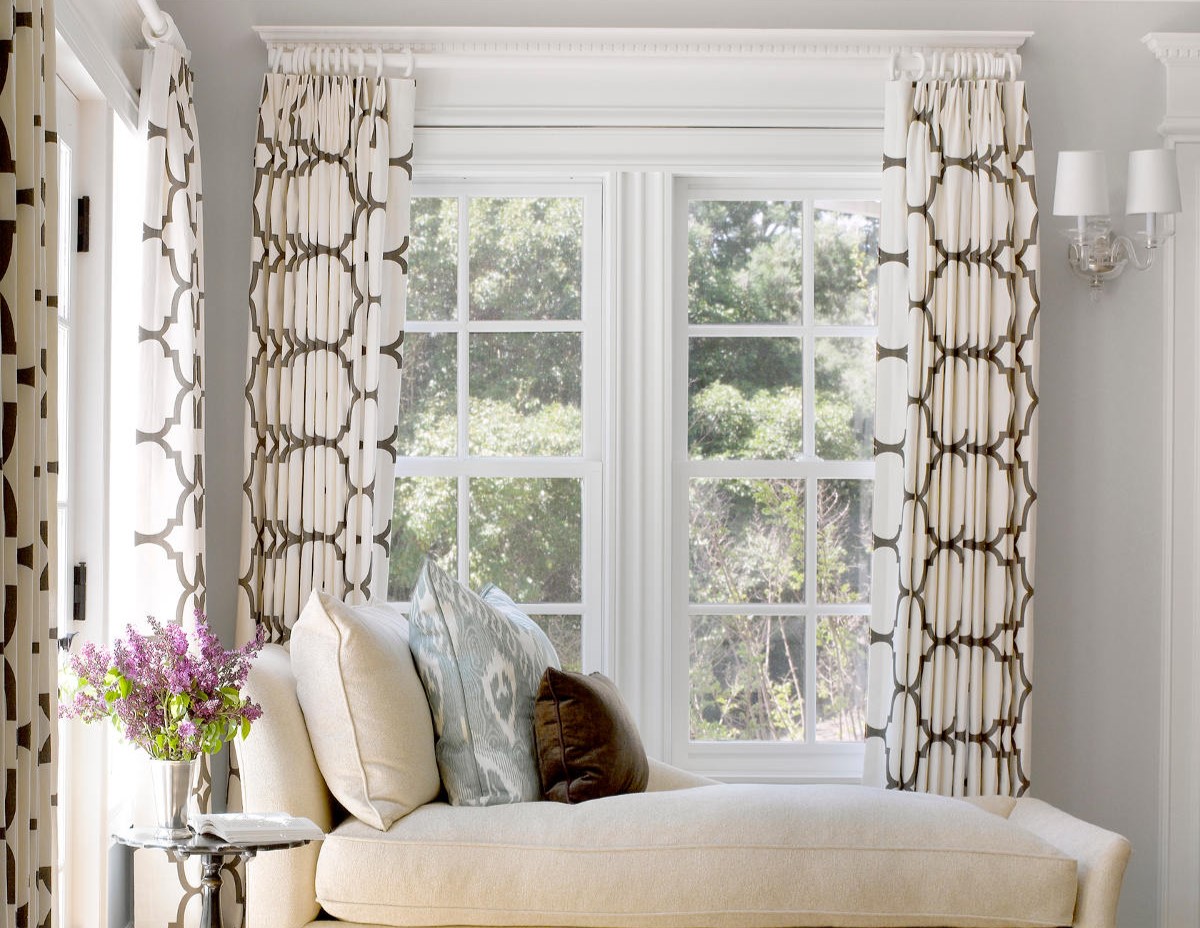
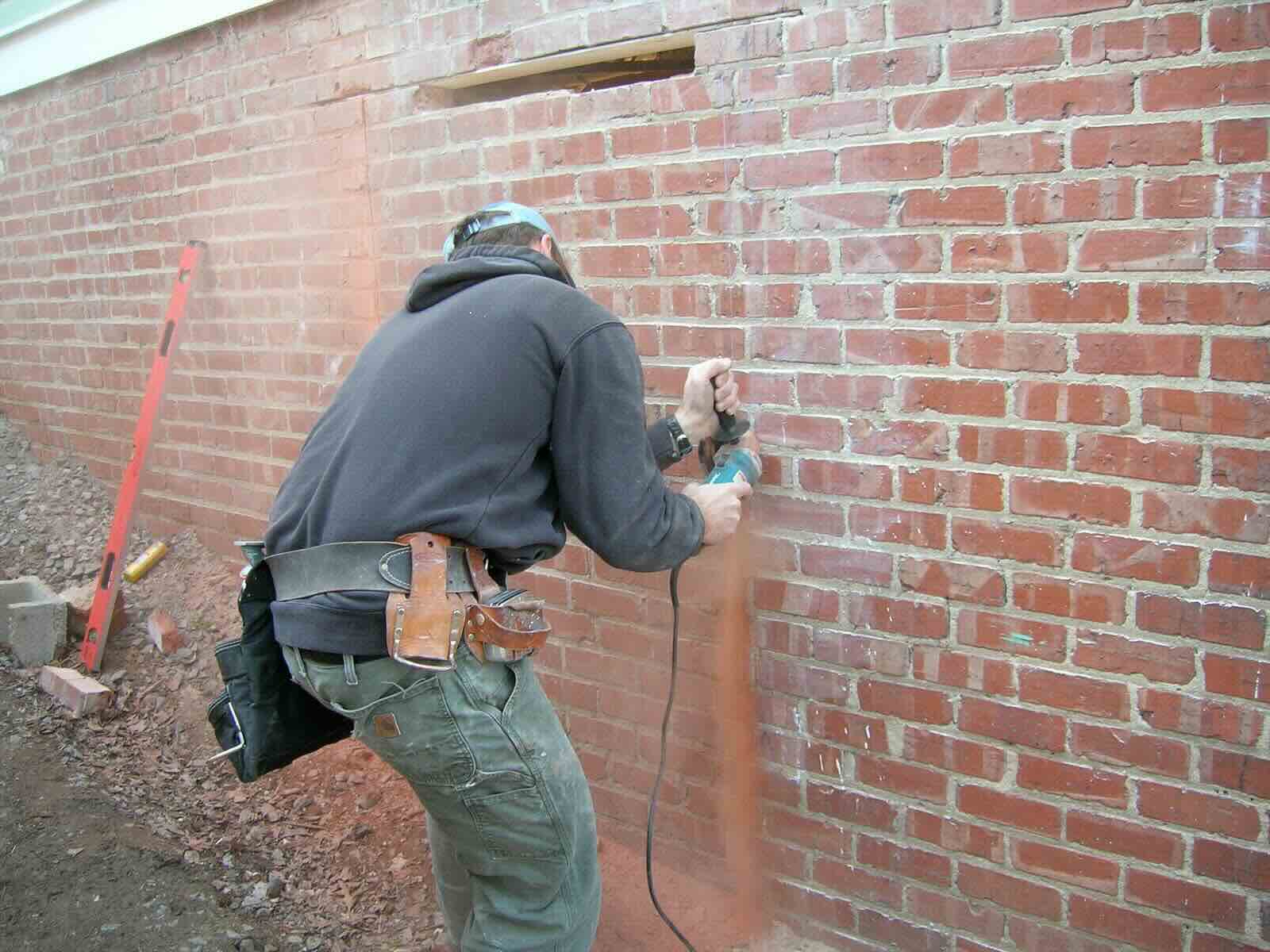
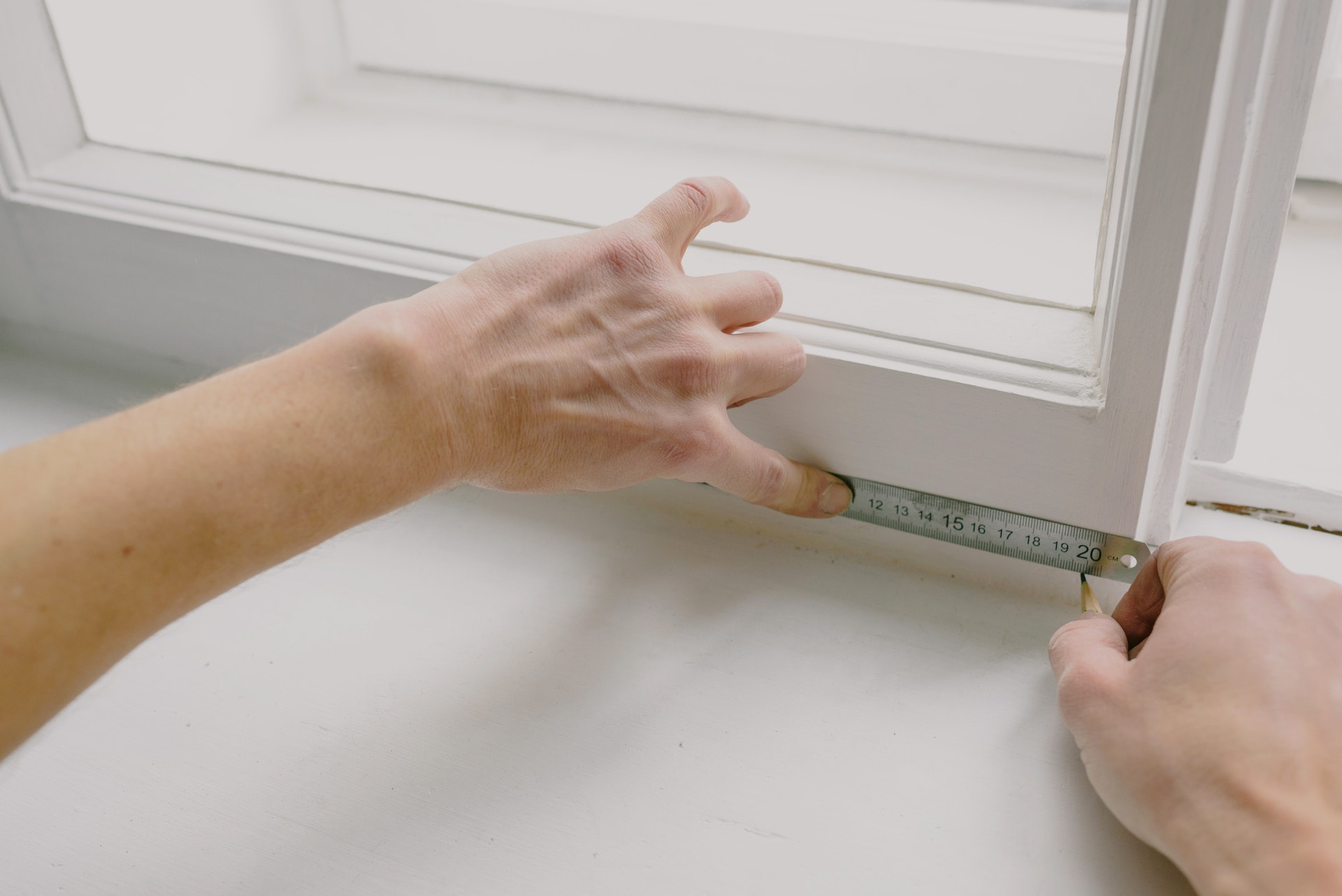
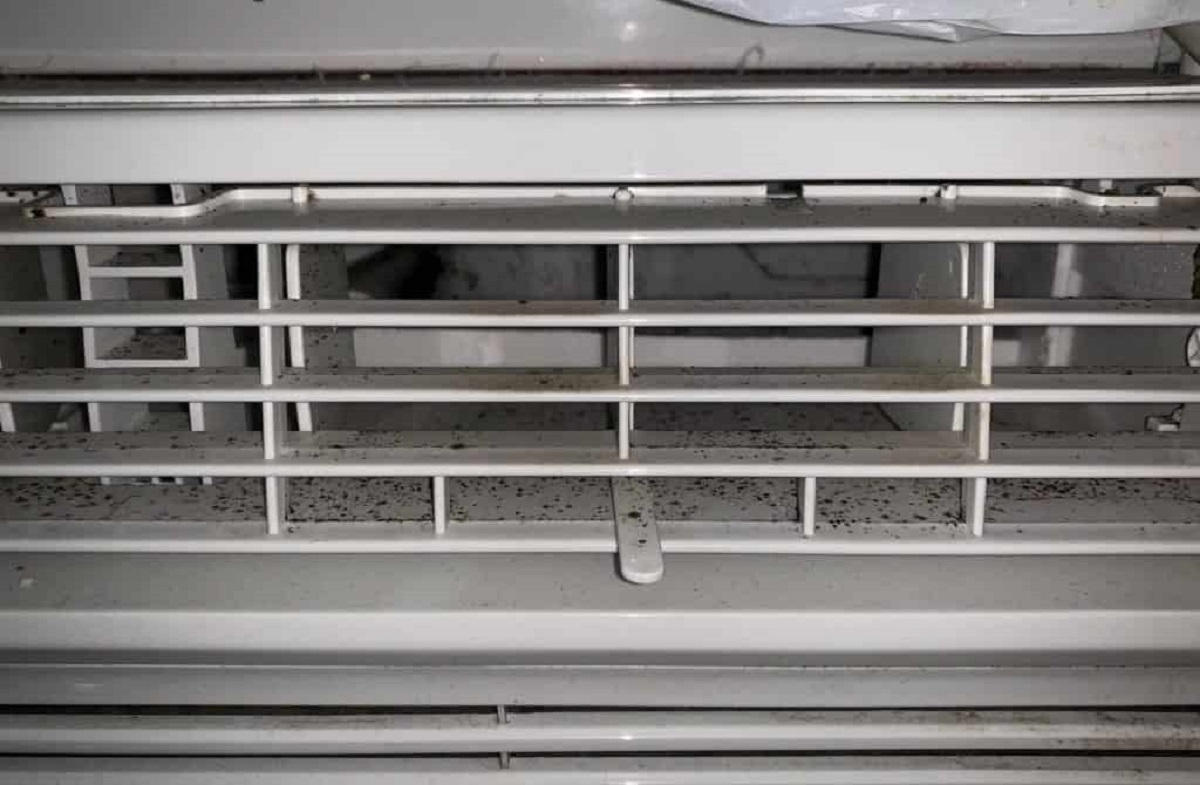
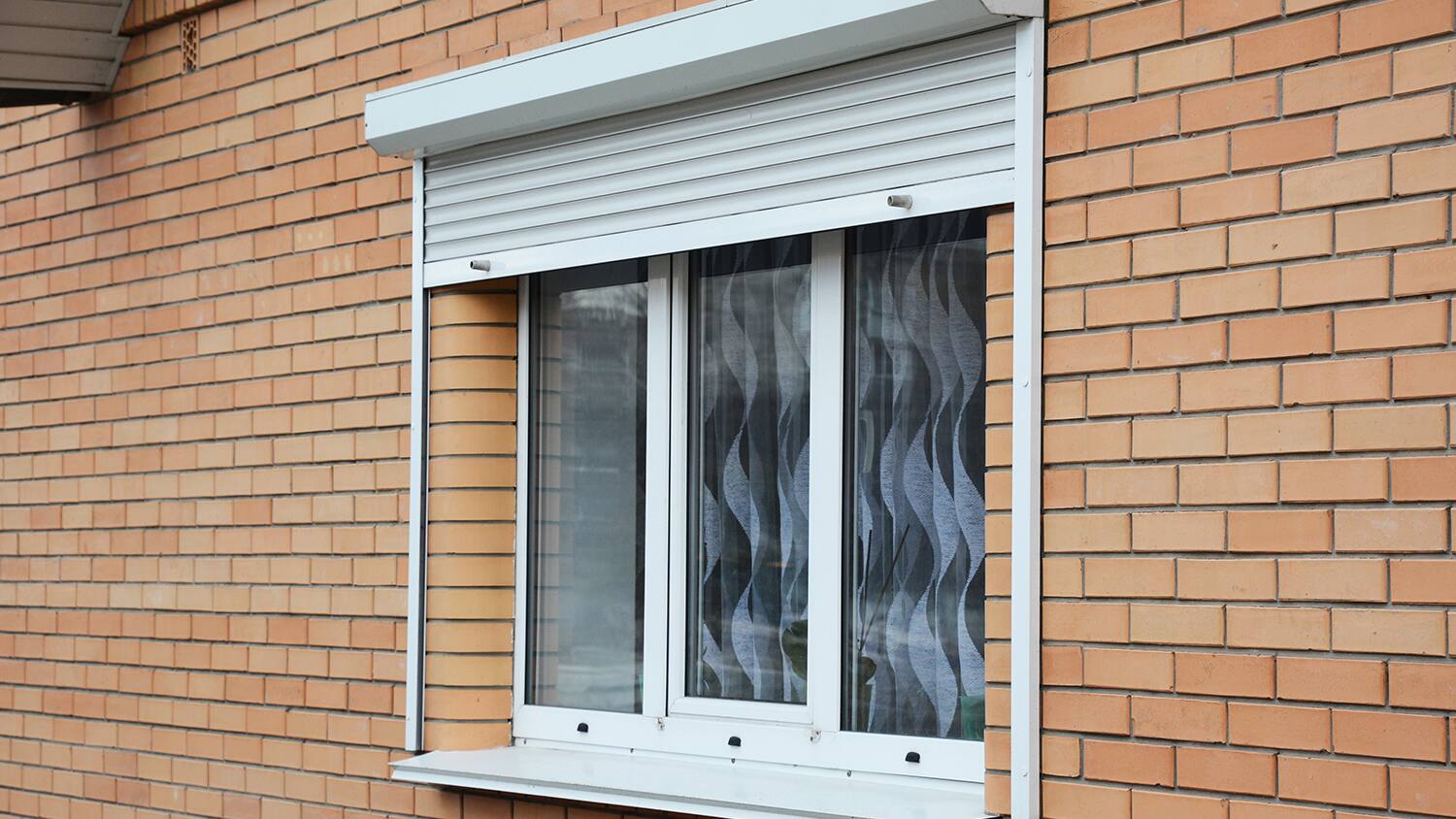
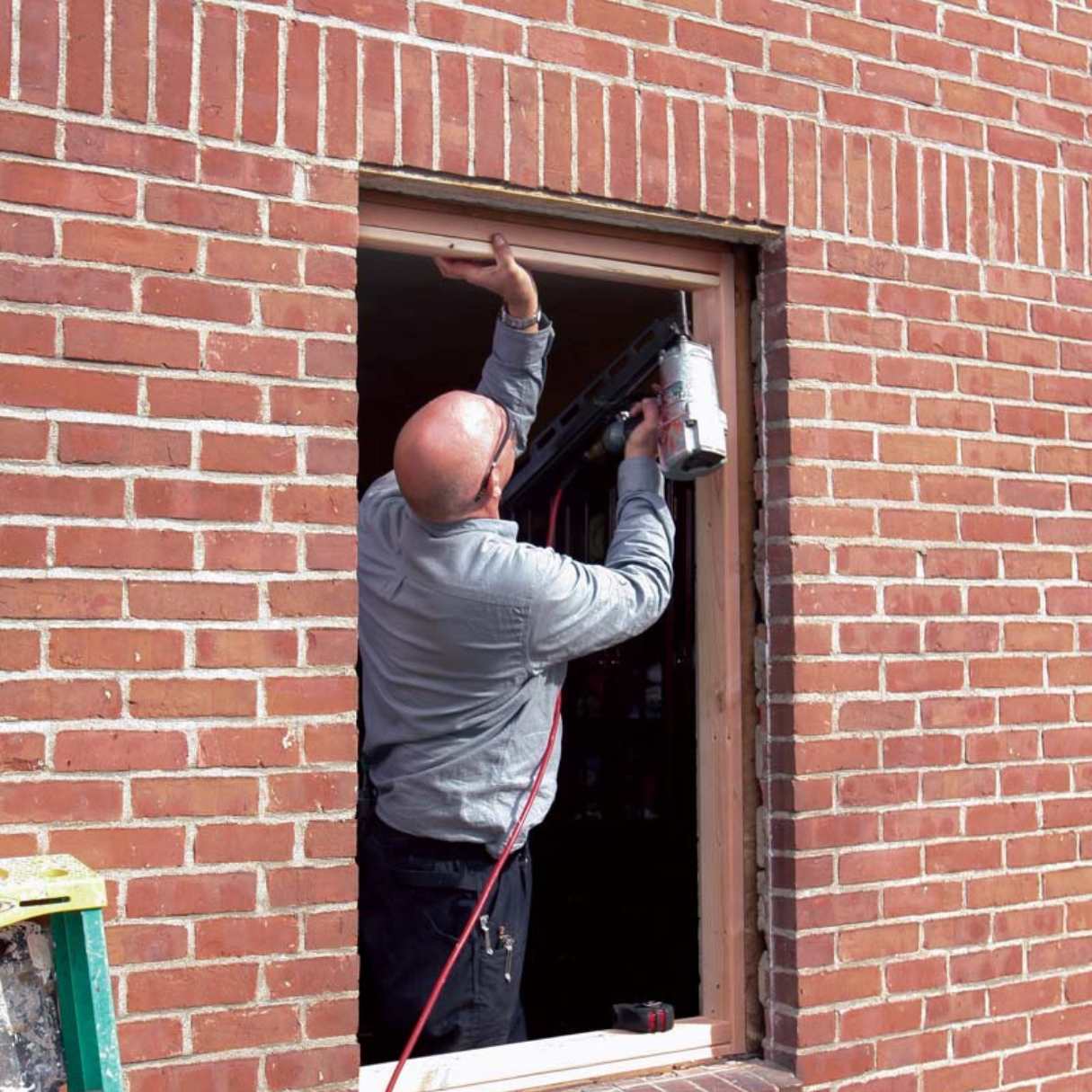
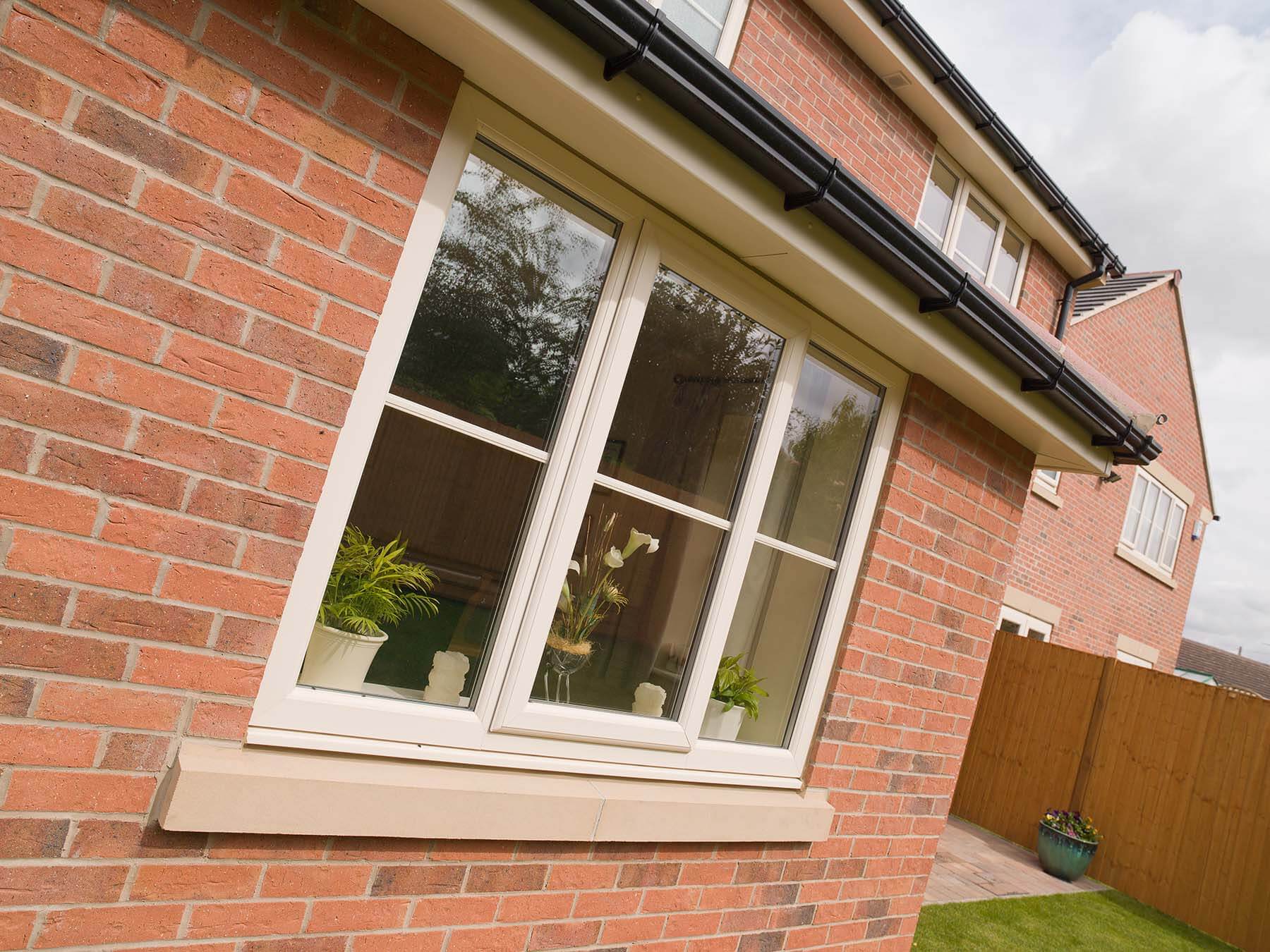
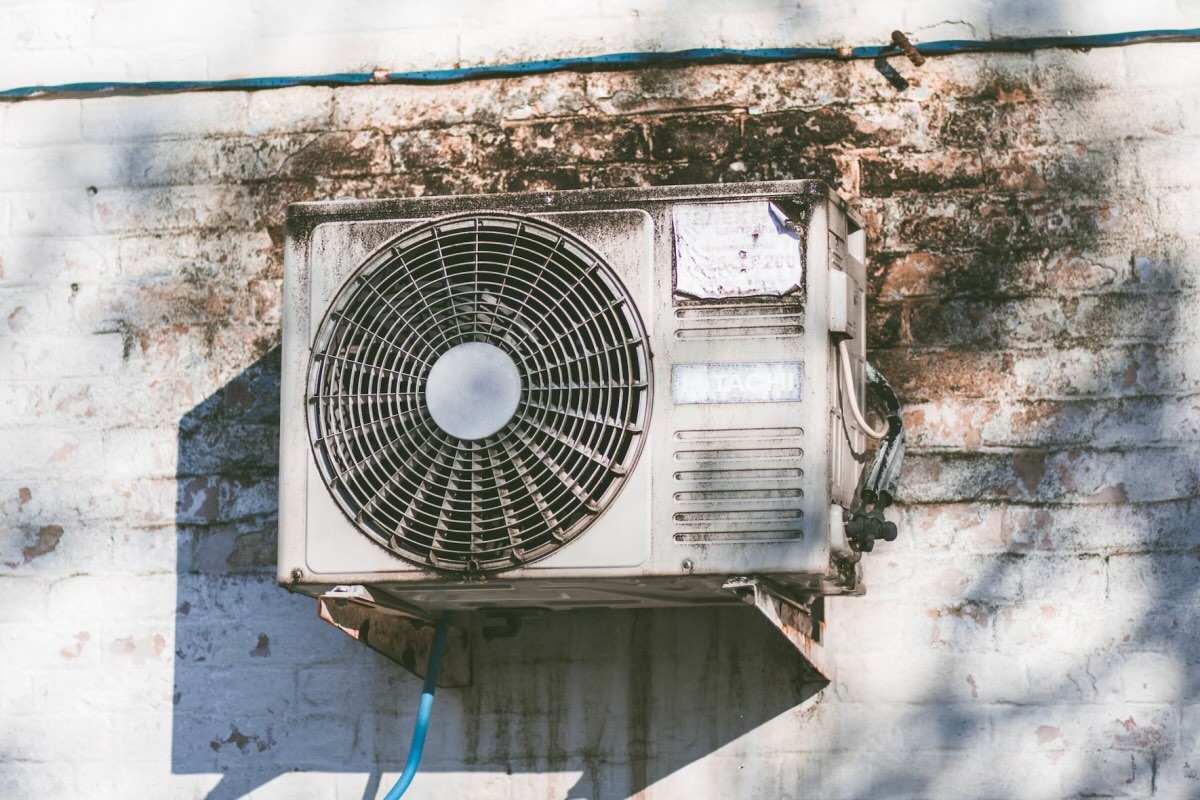
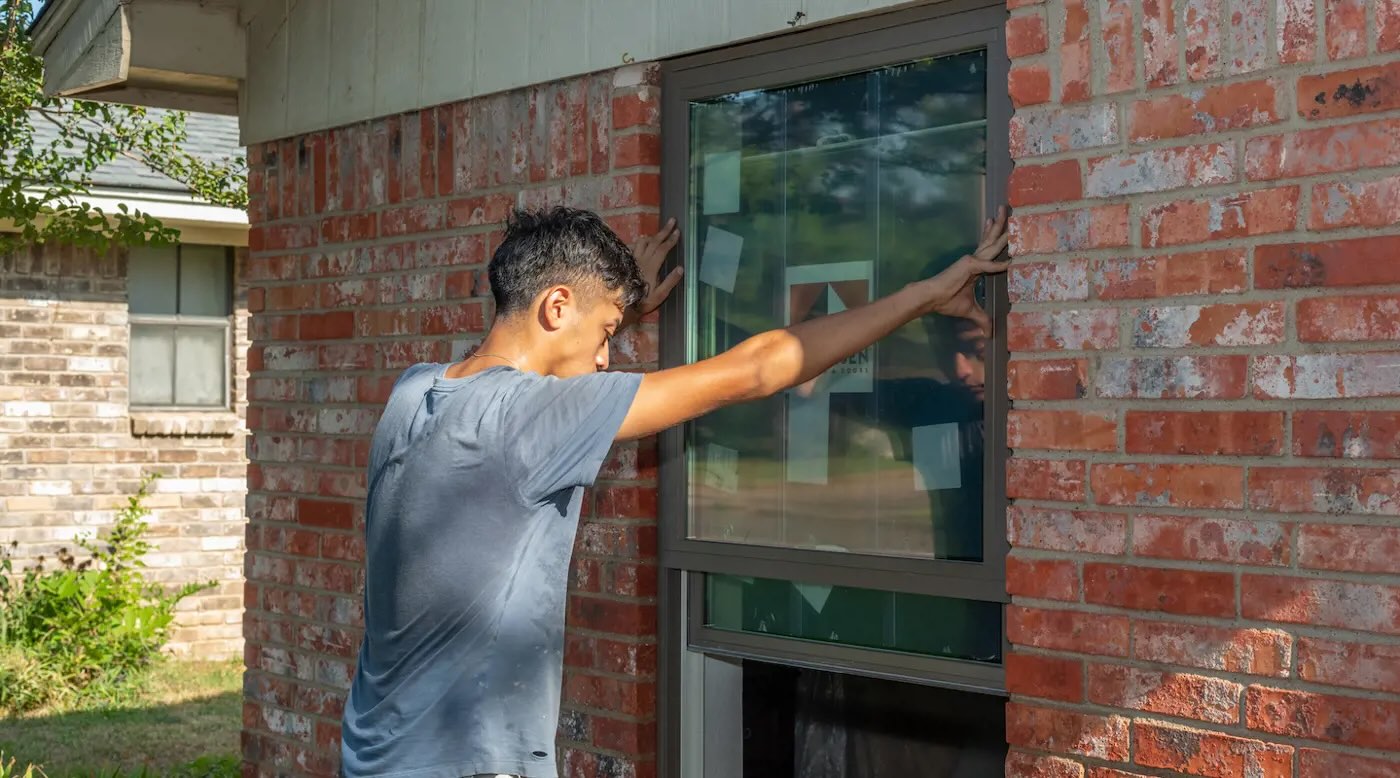
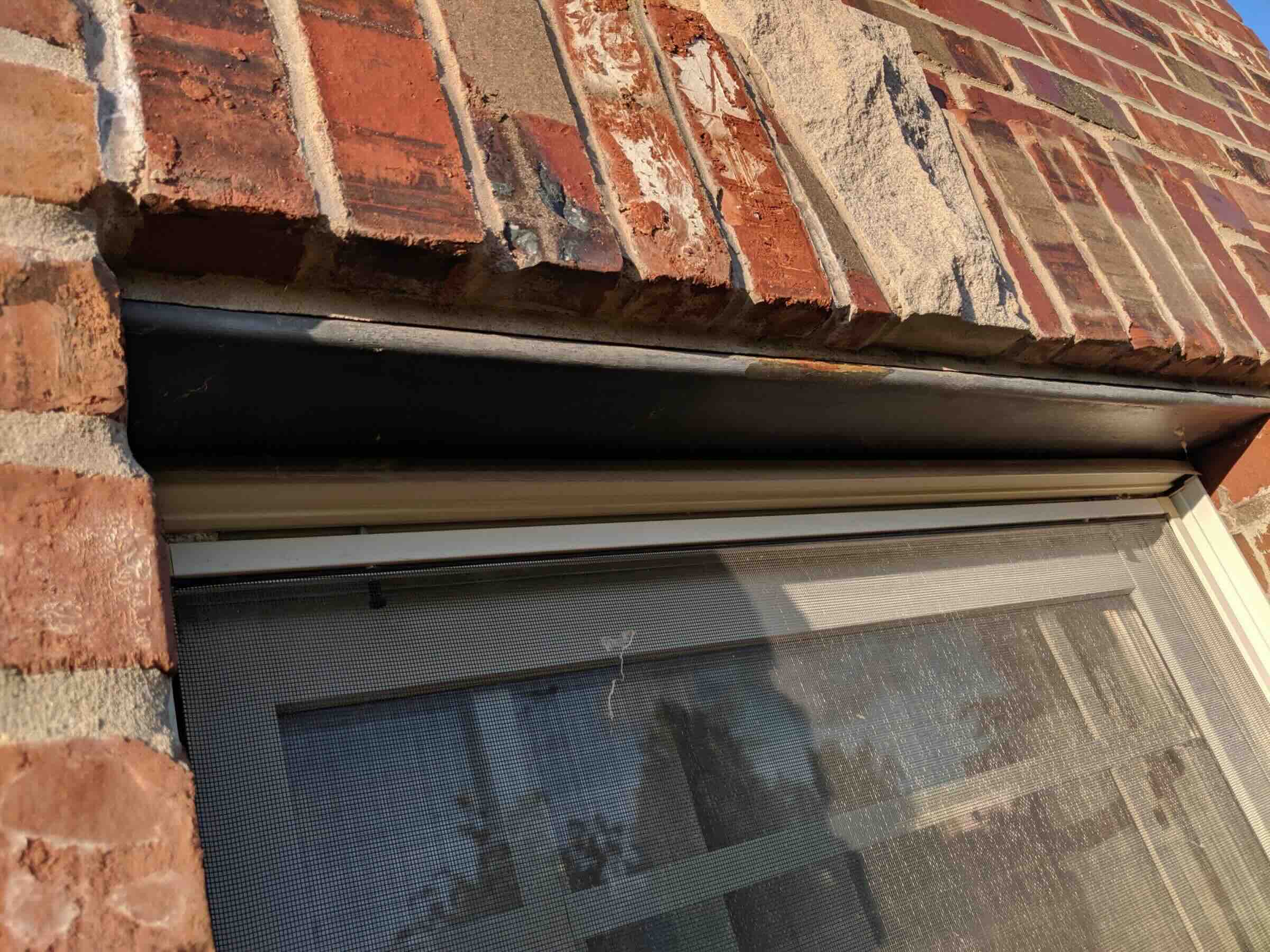

0 thoughts on “What Is Brick Molding On A Window”